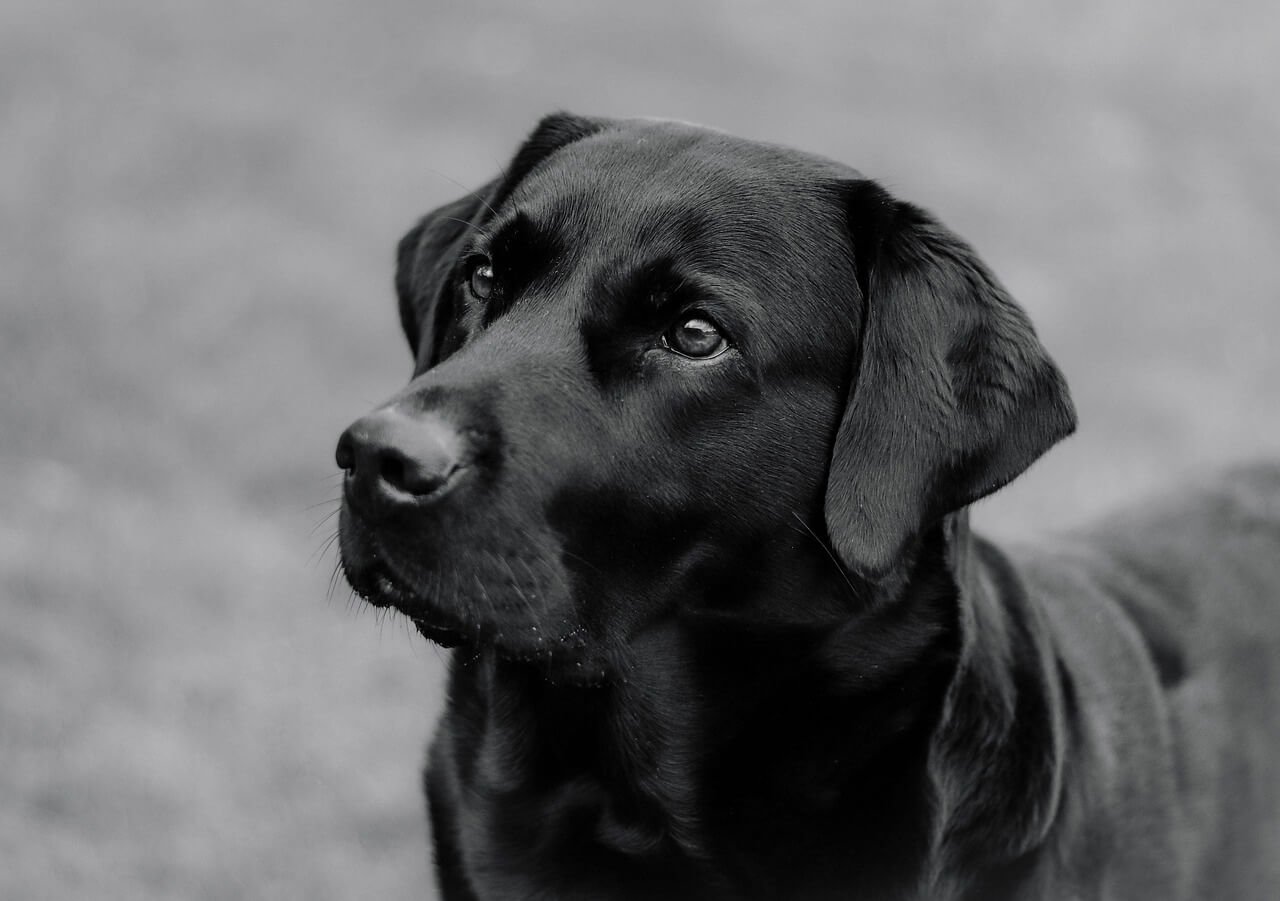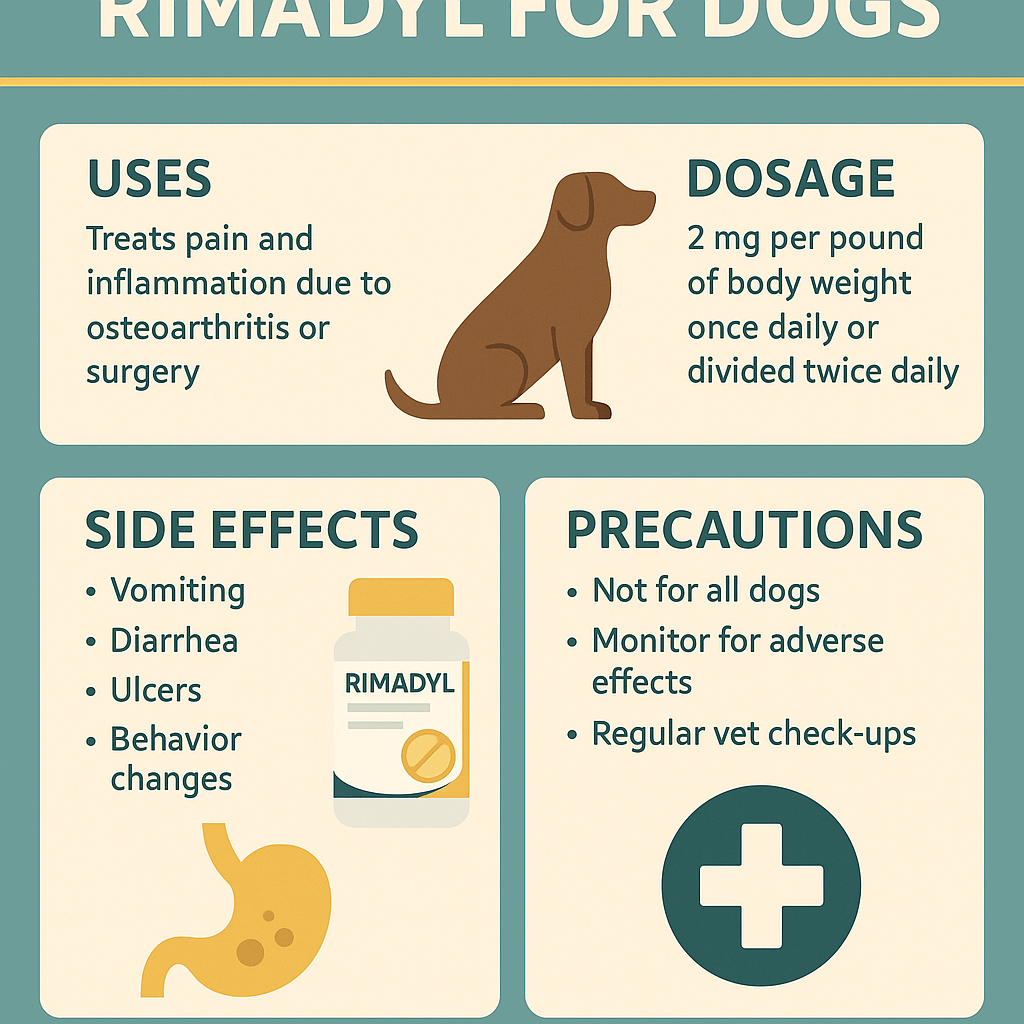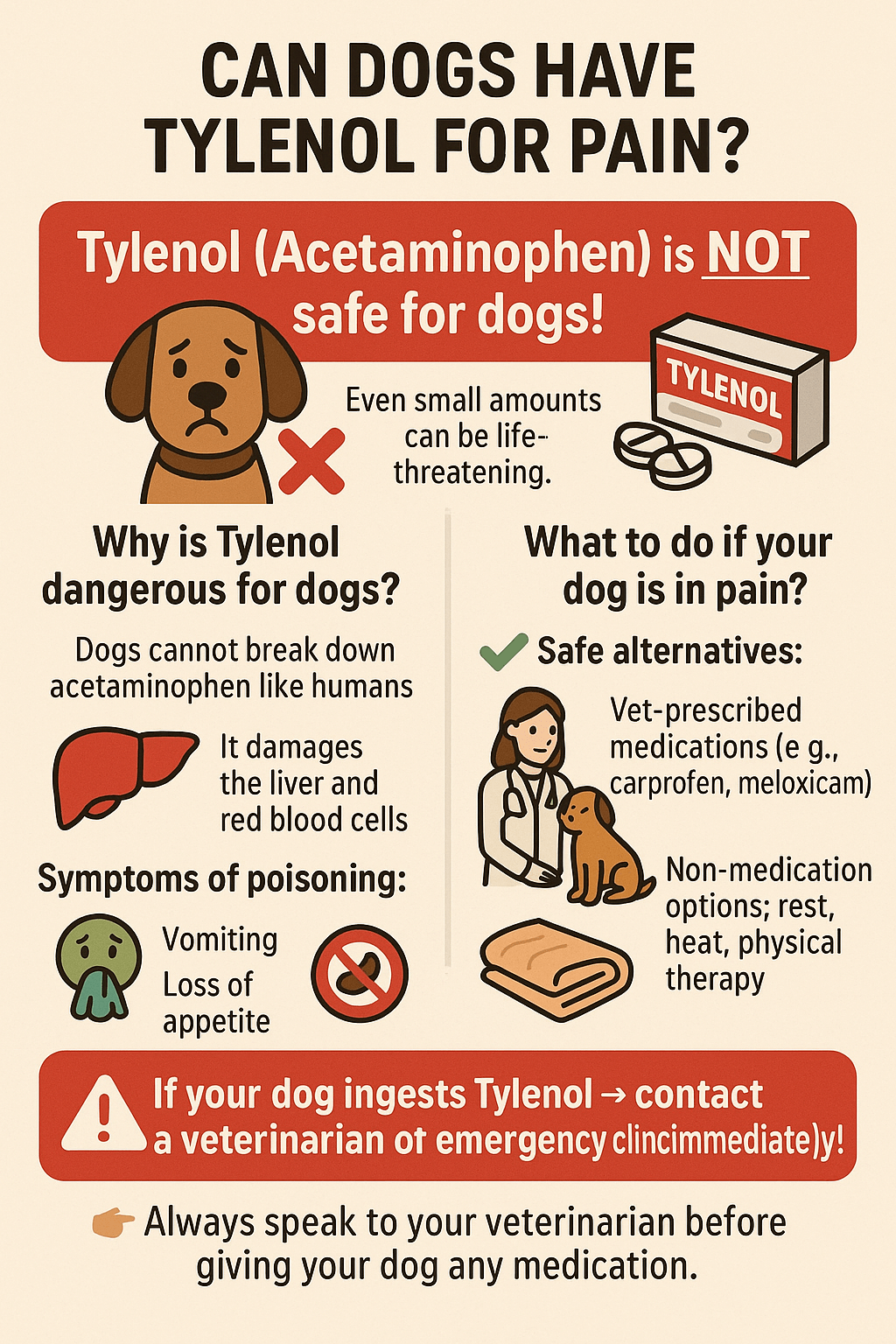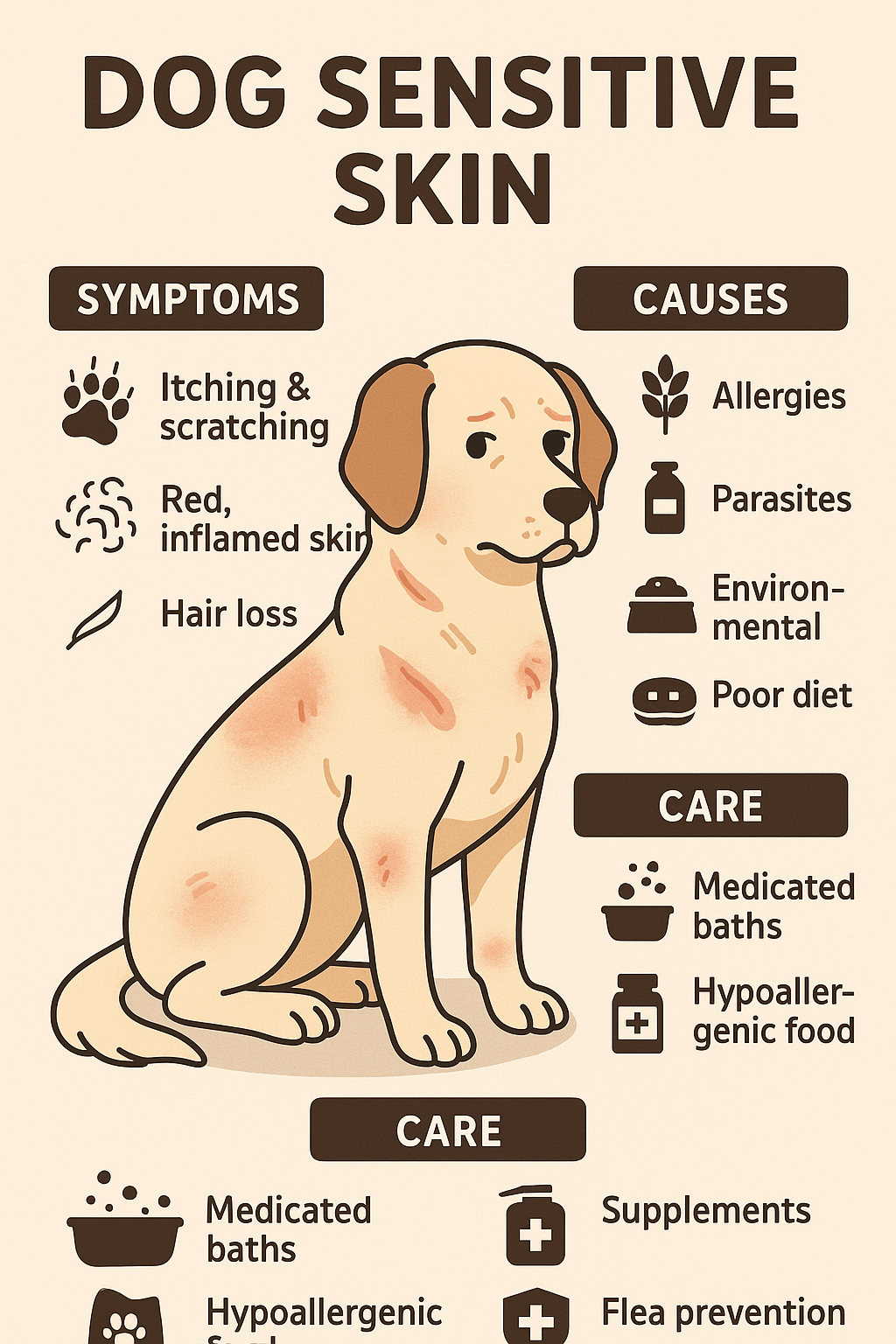What Size Crate for a 70 lb Dog? A Guide to Finding the Perfect Fit
Choosing the right crate size for your 70-pound dog is essential for their comfort, safety, and overall well-being. Whether you’re crate training a puppy or providing a cozy den for an adult dog, the crate should be large enough for them to stand, turn around, and lie down comfortably—but not so spacious that it loses its purpose as a secure retreat. With so many crate options on the market, finding the ideal fit can feel overwhelming. In this guide, we’ll walk you through everything you need to know about selecting the perfect crate size for your furry friend, ensuring they feel safe and at ease in their new space.
Key Factors to Consider When Choosing a Crate Size
Selecting the right crate involves more than just guessing dimensions. Several factors play a role in determining the best size for your 70-pound dog. Here’s what you need to keep in mind:
Dog’s Height : Measure from the floor to the top of their head (or shoulders if they naturally lower their head while lying down).
Dog’s Length : Measure from the tip of their nose to the base of their tail to ensure they can stretch out fully.
Breed-Specific Needs : Some breeds may require extra space due to their body shape or activity level.
Purpose of the Crate : Crates used for travel or short-term confinement may have different sizing needs compared to those used as long-term dens.
Growth Potential : If your dog is still a puppy, consider their adult size to avoid needing a replacement crate later.
By taking these factors into account, you can narrow down the ideal crate size and provide your dog with a comfortable and functional space.
Recommended Crate Sizes for a 70 lb Dog
Once you’ve measured your dog and considered their unique needs, it’s time to determine the specific crate dimensions that will work best. Below are general guidelines for crate sizes suitable for a 70-pound dog:
Medium Dogs (e.g., Boxers, Bulldogs) : A crate measuring approximately 36 inches long, 24 inches wide, and 30 inches high is often ideal.
Larger Breeds (e.g., Labrador Retrievers, German Shepherds) : Opt for a crate around 42 inches long, 28 inches wide, and 32 inches high.
Extra Space for Stretching : If your dog loves to sprawl out, consider a crate that’s slightly larger than the minimum recommendations.
Adjustable Crates : Look for crates with dividers if your dog is still growing, allowing you to expand the space as needed.
Soft-Sided Crates : For travel purposes, a soft-sided crate with similar dimensions can be a lightweight alternative.
These recommendations provide a starting point, but always tailor the choice to your dog’s individual preferences and habits.
Check this guide 👉Top 5 Ultimate XL Dog Crates for Maximum Comfort & Security!
Check this guide 👉Crate Training an Older Dog with Separation Anxiety: Best 7 Tips
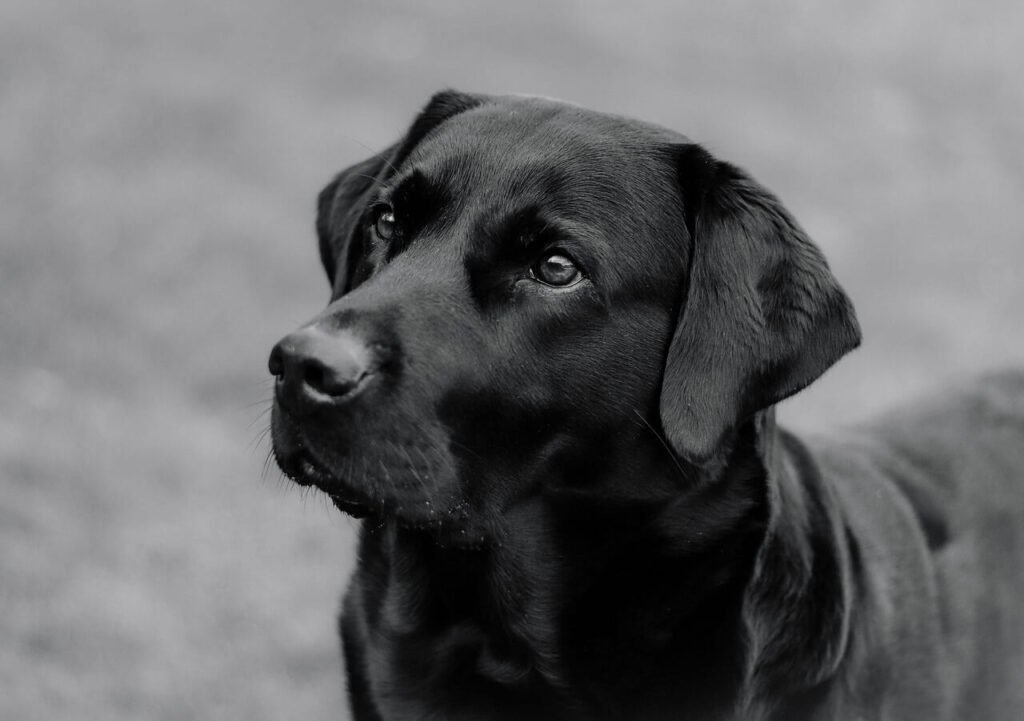
Crate Type | Best Features for a 70 lb Dog |
|---|---|
Wire Crate | Durable, breathable, easy to clean |
Plastic Airline Crate | Secure, approved for travel |
Soft-Sided Crate | Lightweight, portable, foldable |
Collapsible Metal Crate | Easy to store, sturdy construction |
Wooden or Decorative Crate | Stylish, blends with home decor |
Tips for Introducing Your Dog to Their New Crate
Once you’ve selected the right crate, introducing it properly is key to ensuring your dog feels comfortable and secure. Follow these tips to make the transition smooth and stress-free:
Make It Inviting : Add soft bedding, blankets, or toys to create a cozy environment inside the crate.
Use Positive Reinforcement : Reward your dog with treats or praise when they enter the crate voluntarily.
Start with Short Sessions : Begin by leaving your dog in the crate for brief periods, gradually increasing the duration over time.
Avoid Using It for Punishment : The crate should always be associated with positivity, not discipline.
Monitor Comfort Levels : Watch for signs of distress or discomfort and adjust the setup accordingly.
With patience and consistency, your dog will come to view their crate as a safe and enjoyable space.
Common Mistakes to Avoid When Selecting a Crate
Even with the best intentions, it’s easy to make mistakes when choosing a crate for your 70-pound dog. Being aware of these pitfalls can help you avoid costly or uncomfortable errors:
Choosing a Crate That’s Too Small : A cramped space can cause physical discomfort and anxiety for your dog.
Selecting a Crate That’s Too Large : An overly spacious crate may reduce its effectiveness as a den-like retreat.
Ignoring Ventilation Needs : Poor airflow, especially in plastic crates, can lead to overheating during warmer months.
Skipping Padding : A bare crate floor can be hard on your dog’s joints, especially for older or arthritic dogs.
Overlooking Portability : If you plan to travel with the crate, ensure it’s easy to transport without compromising durability.
Avoiding these common mistakes ensures your dog’s crate is both practical and comfortable.
Why Crates Are More Than Just a Training Tool
Crates offer numerous benefits beyond simply providing a space for your dog to stay. When used correctly, they can enhance your dog’s safety, comfort, and overall well-being. Here are some key advantages of using a crate for your 70-pound dog:
Safe Space : A crate provides a private retreat where your dog can relax and feel secure, especially during stressful situations like storms or loud noises.
Travel Convenience : Crates make car rides safer and more comfortable, while also ensuring compliance with airline regulations for pet travel.
Housebreaking Aid : Crates help establish a routine by teaching your dog to hold their bladder until they’re let out, speeding up the housebreaking process.
Prevent Destructive Behavior : A crate can protect your home from chewing, digging, or other unwanted behaviors when you’re unable to supervise your dog.
Emergency Preparedness : In case of emergencies like natural disasters, a crate ensures your dog remains contained and safe during evacuation or rescue efforts.
By understanding these benefits, you can see how a crate becomes an invaluable tool for both you and your dog.
Recognizing When Your Crate Choice Isn’t Working
Sometimes, even after careful consideration, you might realize the crate isn’t the right fit for your 70-pound dog. Here are signs that indicate your dog needs a larger or smaller crate:
Too Small : Your dog struggles to stand up straight, turn around, or lie down comfortably in the crate.
Too Large : Your dog uses one corner as a bathroom area, which defeats the purpose of crate training.
Restlessness : Constant pacing or attempts to escape may signal discomfort due to incorrect sizing.
Physical Strain : Visible signs of stiffness or reluctance to enter the crate could mean it’s too cramped for their body.
Behavioral Changes : Increased anxiety or aggression when being placed in the crate might indicate it doesn’t feel like a safe space.
If you notice any of these signs, reassess your crate choice to ensure your dog’s comfort and happiness.
Adding Comfort and Functionality to Your Dog’s Crate
While the crate itself is important, accessories can elevate your dog’s experience and make the space more inviting. Here are some must-have additions for your 70-pound dog’s crate:
Crate Pad or Bed : A soft, durable bed cushions your dog’s joints and makes the crate cozier.
Blankets or Towels : These provide extra warmth and a sense of security, especially for dogs who enjoy burrowing.
Chew Toys : Offering safe toys keeps your dog entertained and reduces boredom during crate time.
Water Dispenser : For longer periods in the crate, attach a no-spill water bottle to keep your dog hydrated.
Crate Cover : A breathable cover creates a den-like atmosphere, helping anxious dogs feel more at ease.
These accessories not only improve your dog’s comfort but also make the crate a more enjoyable and functional space.
Frequently Asked Questions About Crate Sizes for 70 lb Dogs
Can I use a crate designed for a smaller dog if my 70 lb dog fits inside?
No, using a crate that’s too small can cause discomfort and stress. Always choose a crate based on your dog’s measurements.
How do I measure my dog for a crate?
Measure their height (floor to top of head) and length (nose to base of tail), then add a few inches for comfort.
Are wire crates better than plastic ones?
It depends on your needs. Wire crates offer better ventilation, while plastic crates are more secure and travel-friendly.
Should I get a crate with a divider?
Yes, if your dog is still growing, a divider allows you to adjust the space as they mature.
Can I leave my dog in the crate all day?
It’s not recommended to leave your dog crated for extended periods. Ensure they have regular breaks for exercise and bathroom trips.
Find the Perfect Crate for Your 70 lb Dog Today
Selecting the right crate size for your 70-pound dog doesn’t have to be complicated. By considering your dog’s unique needs, measuring carefully, and avoiding common pitfalls, you can provide them with a safe and comfortable space they’ll love. Remember, the crate isn’t just a tool—it’s a sanctuary where your dog can relax and feel secure. With the tips and insights shared in this guide, you’re now equipped to make an informed decision and give your furry companion the best possible crate experience.
Rimadyl for Dogs: Best 7 Expert Tips! Discover expert advice on using Rimadyl safely, managing pain, and improving your dog’s mobility with trusted veterinary insights.
Can Dogs Have Tylenol for Pain? Best 7 Expert Tips! Discover the risks, safe alternatives, and expert advice on managing your dog’s pain effectively while avoiding harmful medications.
Understanding Hemophilia in Dogs: Best 7 Expert Tips! Discover expert advice on managing hemophilia, recognizing symptoms, and ensuring your dog’s well-being with practical care strategies.
Understanding Dog Sensitive Skin: Best 7 Expert Tips! Discover expert advice on managing dog sensitive skin, relieving irritation, and improving your pup’s comfort with practical solutions.

